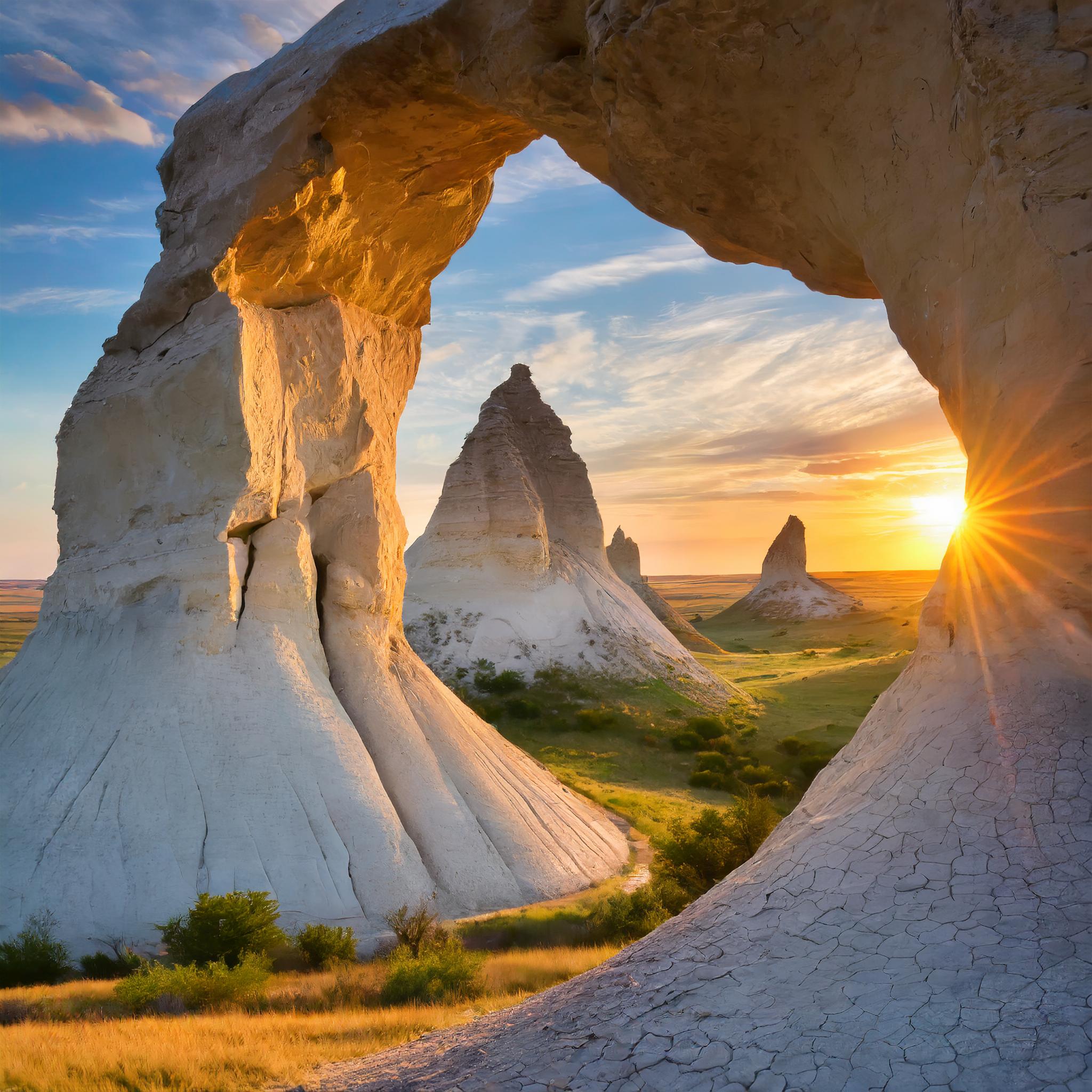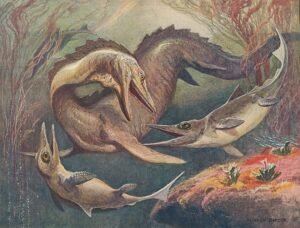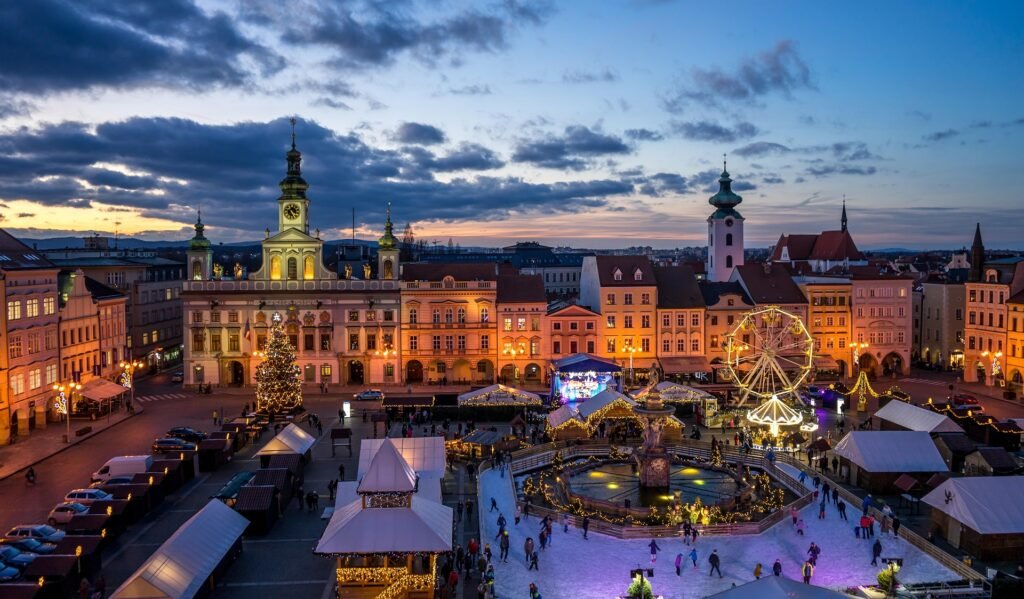Kansas is known for its wide plains and big skies, but millions of years ago, it was underwater. Back then, Kansas was part of the Western Interior Seaway and home to marine reptiles and the first flowering plants. Only by looking at rocks and fossils can we learn how different Kansas is today from what it once was. Let’s explore how this state went from ocean to prairies, where the only signs of this ancient history lie in an amazing place called Monument Rocks in Kansas.
The Landscape of Prehistoric Kansas

Millions of years ago, during the Late Cretaceous period, an ocean called the Western Interior Seaway split North America in two. Over millions of years, shifts in the earth’s crust and changes in climate transformed the landscape into what we see today. Kansas, as it turns out, is a great example of how the earth’s surface is always changing. Sometimes, in ways we would never expect.
Ferns? In Kansas?
Once, the areas near the Western Interior Seaway were teeming with ancient varieties of plants, including ferns, cycads, and some of the earliest flowering plants. Fast forward to the modern era, and expansive grasslands, including tallgrass and mixed-grass prairies, replaced the lush landscape. Today, agriculture has further reshaped these ecosystems, often at the expense of the native vegetation.
Fossils don’t lie
As hard as it is to believe, marine mammals once dominated the seas in Kansas. Fossilized remains of sea turtles, giant mosasaurs, and plesiosaurs have been found in the state. These creatures were the top predators of their time. Today, of course, you won’t find any trace of them unless you’re at a museum or at a site like Monument Rocks.
The Mysteries of Monument Rocks

Monument Rocks provides a window into a time when massive marine reptiles like mosasaurs and plesiosaurs ruled the ancient seas that once covered Kansas. These giant reptiles were the top predators of their day. They shared the ocean with a diverse array of other marine life, including various fishes, sharks, and invertebrates, such as ammonites, whose spiral fossils are a common find in the region.
While the inland sea teemed with aquatic life, the surrounding areas, close to what is now Kansas, were roamed by dinosaurs. These creatures adapted to a variety of habitats, from lush forests to arid plains, showcasing the dynamic ecosystems of the Late Cretaceous period.
The discovery of bird and mammal fossils from this era highlights the evolutionary significance of this time. Monument Rocks and the surrounding areas have undergone massive climatic and environmental shifts through the ages. We can only wonder what is to come.
Did you miss last week’s Friday Morning Post and jigsaw puzzle? If you did, you can use this link to view Pikes Peak and America the Beautiful now. If you want to check out all my posts and puzzles, click here.





7:09
10:08
Beautiful picture. My time was 8:20.
8:48 for me
That was harder than it looks! I got 10:02.
I know, Christy. It was deceiving!
8:32
6:50
6:12. Thanks for the puzzle
5:46 for me this morning. such a amazing place, i would love to visit.
It would be pretty amazing, wouldn’t it?
13.16 Tough one with all the gray-blues!
It was tricky, Allison!